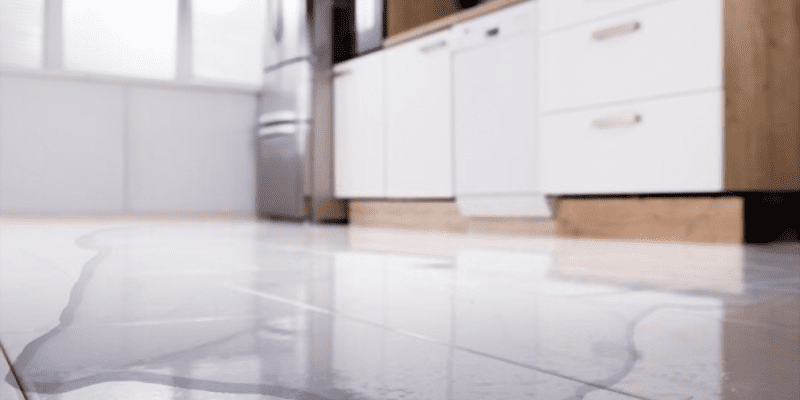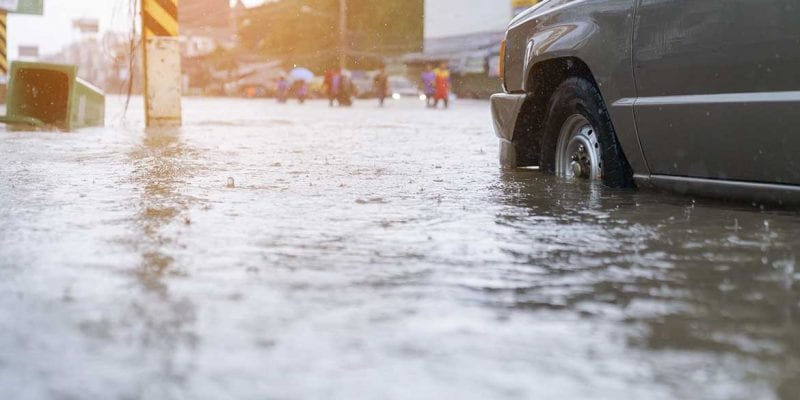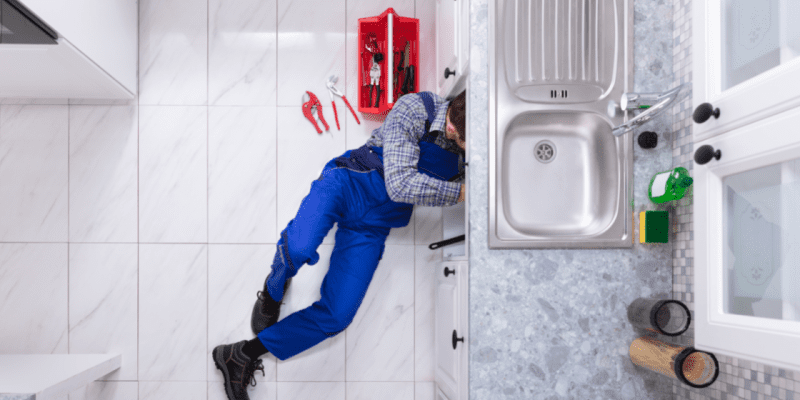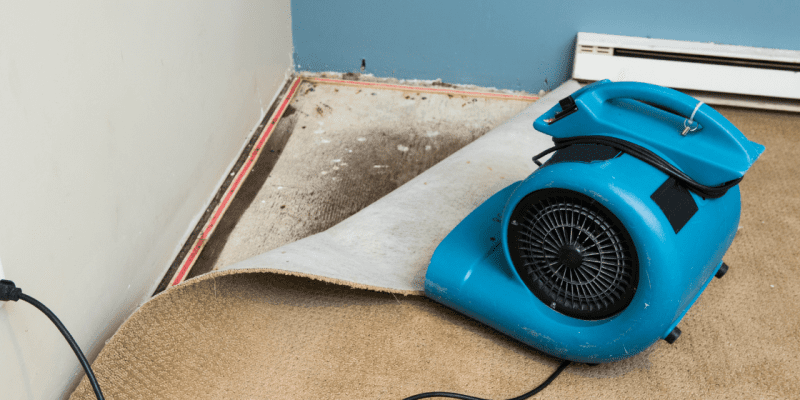Accidents happen, and one of the most common mishaps is water damage to electronics. Whether it’s a phone dropped in the toilet, a laptop spilled on, or a camera exposed to rain, water can wreak havoc on our precious devices. However, all hope is not lost! With the right techniques and precautions, it is possible to restore water-damaged electronics and prevent further damage. In this article, we will provide valuable insights and information on how to effectively restore water-damaged electronics.
Understanding Water Damage
Water is a conductor of electricity, and when it comes into contact with electronic components, it can cause short circuits and corrosion. The severity of water damage depends on the type of liquid involved, the duration of exposure, and the affected components. It is crucial to act quickly to minimize the damage.
Precautions Before Restoration
Before attempting any restoration techniques, it is important to take certain precautions:
- Power Off: Immediately power off the device to prevent electrical currents from causing further damage.
- Disconnect: Disconnect the device from any power source, including batteries, chargers, or cables.
- Do Not Heat: Avoid using a hairdryer, oven, or any other heat source to dry the device, as this can cause more harm than good.
Restoration Techniques
Now that we have taken the necessary precautions, let’s explore some effective restoration techniques for water-damaged electronics:
1. Rice Method
The rice method is a popular technique for drying water-damaged electronics. Here’s how it works:
- Remove Excess Moisture: Gently pat the device dry with a soft cloth or paper towel.
- Submerge in Rice: Place the device in a container filled with uncooked rice. Ensure that the device is completely covered by rice.
- Wait: Leave the device in the rice for at least 48 hours. The rice will absorb the moisture from the device.
- Test: After 48 hours, remove the device from the rice, power it on, and check if it functions properly.
2. Silica Gel Method
Silica gel is a desiccant commonly used to absorb moisture. Follow these steps to restore water-damaged electronics using silica gel:
- Remove Excess Moisture: Gently pat the device dry with a soft cloth or paper towel.
- Place in a Sealed Container: Fill a container with silica gel packets or loose silica gel. Place the device in the container and seal it.
- Wait: Leave the device in the container for at least 48 hours. The silica gel will absorb the moisture.
- Test: After 48 hours, remove the device from the container, power it on, and check for proper functionality.
3. Isopropyl Alcohol Method
Isopropyl alcohol is a widely used solvent that can help remove corrosion caused by water damage. Here’s how to use it:
- Disassemble: If possible, disassemble the device to expose the affected components.
- Clean with Isopropyl Alcohol: Dip a soft brush or cotton swab in isopropyl alcohol and gently clean the affected areas. Pay close attention to connectors and circuit boards.
- Dry: Allow the device to air dry for at least 24 hours before reassembling and testing.
Seeking Professional Assistance
If the above techniques do not restore your water-damaged electronics or if you are uncomfortable attempting the restoration yourself, it is advisable to seek professional assistance. Regency DRT’s Certified technicians have the expertise and specialized equipment to diagnose and repair water-damaged electronics effectively.
Prevention Tips
Prevention is always better than restoration. Here are some tips to protect your electronics from water damage:
- Waterproof Cases: Invest in waterproof cases or covers for your devices, especially for smartphones and tablets.
- Avoid Exposure: Keep electronics away from water sources, such as sinks, pools, and bathtubs.
- Use Protective Bags: When outdoors, use waterproof bags to protect your devices from rain or accidental spills.
- Backup Data: Regularly backup important data to minimize loss in case of water damage.
- Insurance: Consider purchasing device insurance that covers water damage.
Water damage to electronics can be a distressing experience, but with the right restoration techniques and precautions, it is possible to salvage your devices. Remember to act quickly, take the necessary precautions, and consider professional assistance if needed. By following the tips and techniques mentioned in this article, you can increase the chances of restoring your water-damaged electronics and prevent further damage.
Remember, prevention is key. Take proactive measures to protect your devices from water damage, and always keep backups of important data. With these insights and information, you can confidently tackle water damage and ensure the longevity of your valuable electronics.







 It can be a simple over-flowing of a sink onto the kitchen floor. Or perhaps a toilet didn’t flush properly and it sloshed out a bit onto the bathroom floor. Then again it can be a little more serious such as from a broken pipe that spewed water everywhere in the basement when it was time for spring watering of the flowers.
No matter what, a water damage in your home is bad news. Even the tiniest bit of water can cause all kinds of problems, from the worse (mold damage) to the least (pesky odors).
There are three things you can do to help prevent water damage in your home:
It can be a simple over-flowing of a sink onto the kitchen floor. Or perhaps a toilet didn’t flush properly and it sloshed out a bit onto the bathroom floor. Then again it can be a little more serious such as from a broken pipe that spewed water everywhere in the basement when it was time for spring watering of the flowers.
No matter what, a water damage in your home is bad news. Even the tiniest bit of water can cause all kinds of problems, from the worse (mold damage) to the least (pesky odors).
There are three things you can do to help prevent water damage in your home:


